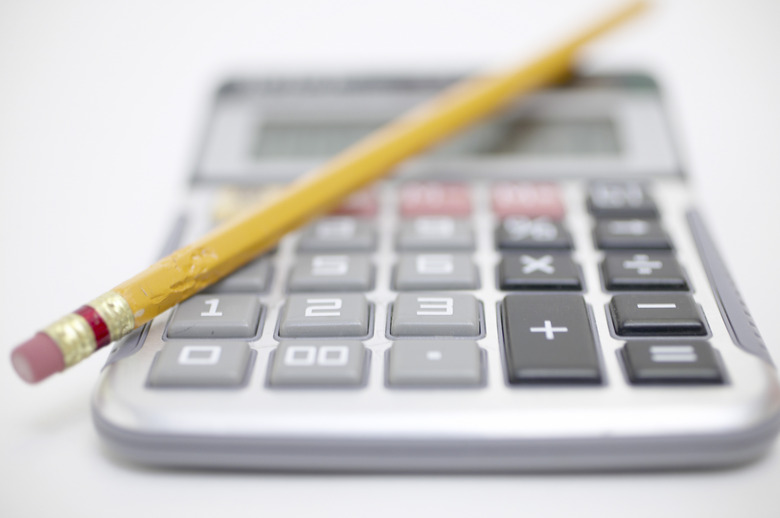How To Convert From CPM To Hertz
Frequency characterizes any periodic or cyclical process, and specifies a number of cycles that occur in a given period of time, whether in one second or in one hour. The International System of Units (SI) defines "hertz," abbreviated "Hz," as a unit of frequency that refers to the number of periodic events per one second. However, rotation speeds or machinery vibrations are often measured using a different unit: cycles-per-minute, which is abbreviated as "CPM."
Step 1
Obtain the CPM value from the device or machine characteristics or elsewhere. If the rotation speed is given as revolutions-per-minute, or RPM, it would be numerically equal to CPM. For example, 4,800 RPM is the same as 4,800 CPM.
Step 2
Consider the following mathematical proportion, given that one minute equals 60 seconds: CPM is the number of cycles per 60 seconds (one minute); Hz is the number of cycles per one second. Solve this proportion to obtain: number of cycles in Hz = CPM / 60.
Step 3
Apply the formula from Step 2 to convert CPM to Hertz. Using the CPM value from Step 1 you get: number of cycles in Hz = 4,800 / 60 = 80.
References
- "Handbook of Condition Monitoring – Techniques and Methodology;" A. Davies; 1997
Cite This Article
MLA
Contributor, . "How To Convert From CPM To Hertz" sciencing.com, https://www.sciencing.com/convert-cpm-hertz-5835570/. 24 April 2017.
APA
Contributor, . (2017, April 24). How To Convert From CPM To Hertz. sciencing.com. Retrieved from https://www.sciencing.com/convert-cpm-hertz-5835570/
Chicago
Contributor, . How To Convert From CPM To Hertz last modified March 24, 2022. https://www.sciencing.com/convert-cpm-hertz-5835570/
